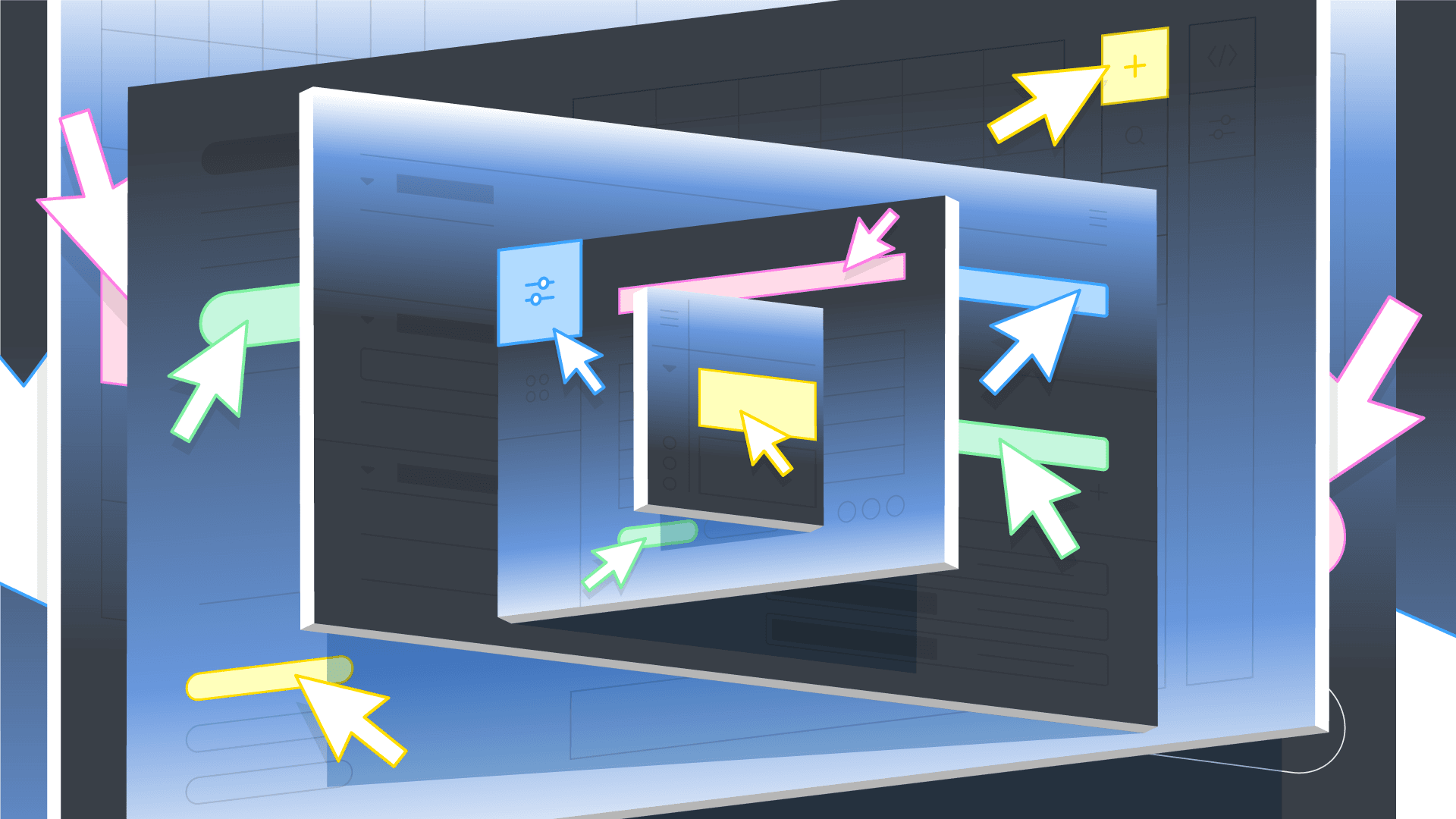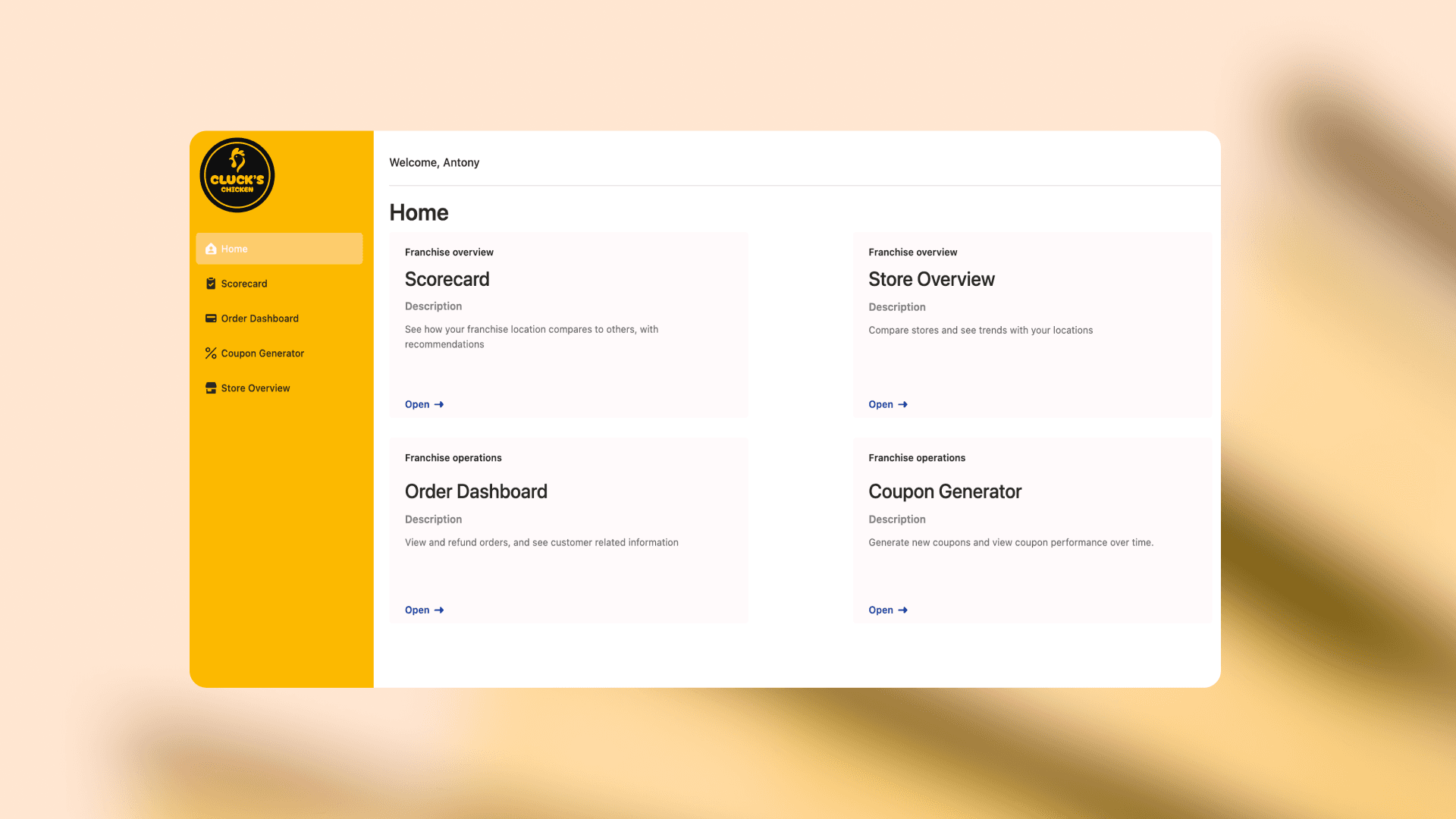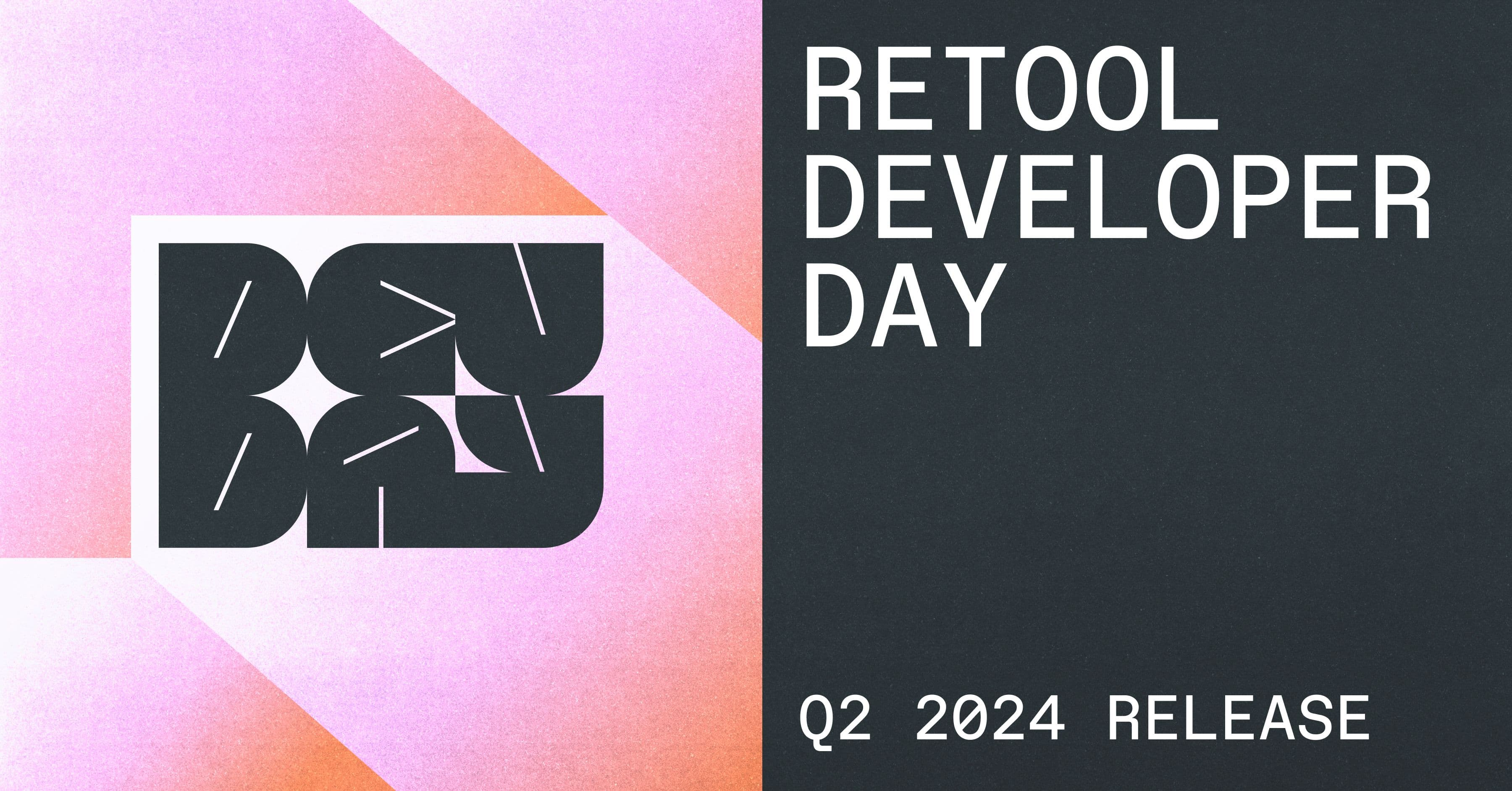We’re launching multiplayer for Cloud into general availability to make app development faster and more collaborative in Retool—similar to the collaborative experiences of Figma or Google Docs. With multiplayer, you can edit Retool apps concurrently with other developers to speed up development cycles and iterate closer with your users.
You can build apps with multiplayer today by creating a free Retool account or logging in. Self-hosted customers can sign up for the beta.
Multiplayer levels up collaborative app development by enabling real-time, simultaneous editing within the Retool IDE. With multiplayer, you always see the most current version of the app you’re working on as changes from other editors appear in real time. You can also see your app’s releases and history to help you safely track and revert changes if needed.
You’ll see visual cues to help you track other editors’ activities. Avatars will appear at the top right of the navigation bar to show you who’s currently viewing the app, and cursor movements or highlights on UI components will show you where an editor is interacting with the app. Additionally, when an editor is working on a query or transformer in the Code tab, you’ll see their avatar appear in that tab, too.
This all means that your development team can collaborate more closely—and build apps much faster than before. Case in point: Bish’s RV used multiplayer (a “live development loop,” as they call it) to build and launch a technician portal for their dealerships in just just weeks instead of months. Eric Tompkins, Bish’s RV’s Director of Digital Transformation, shared: “We do requirements gathering, write the scope, work with the technicians, and build the tool with rapid development with Retool. Custom development usually operates 8–12 months behind us.”
Similar to any software development, building apps in Retool typically involves developers working independently, and using Source Control to make changes via Git-based branches and code reviews. While this approach allows safe production changes and feature development for teams, it isn’t well-suited to real-time collaboration between builders and users. With multiplayer, developers can work in parallel, in tandem, and in real-time, virtually conflict-free—with all of the safety and accountability of version control.
In order to make multiplayer reliable and performant, we used conflict-free replicated data types (CRDTs) and WebSocket technology. Your Retool app’s components are modeled as plugins stored in an underlying CRDT structure. This architecture enables commutative operations, simplifying conflict resolution and handling network issues. While CRDTs don’t eliminate all conflicts, they ensure consistent resolution by using a “last write wins” approach for simultaneous edits. This architecture was refined through prototyping and beta testing, improving handling of complex scenarios like Retool Modules in a multiplayer context.
We’ll soon support multiplayer for Source Control branches. This will enable the best of both worlds: safe changes via Source Control paired with a rapid development experience. (We’re also planning to bring multiplayer editing to Retool Workflows!)
For developers looking to streamline their app development process through improved collaboration, we invite you to try multiplayer editing in Retool. Sign up for a free Retool account or schedule a 1:1 session with a Retool expert today. If you prefer to build in self-hosted Retool, multiplayer is in beta—sign up for the beta to give it a try.
Reader



